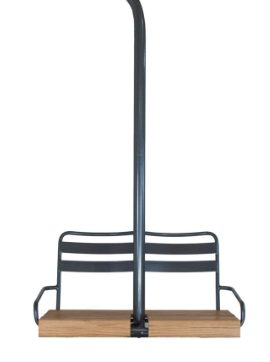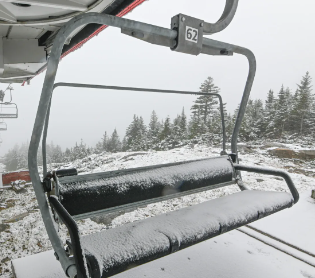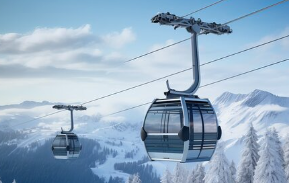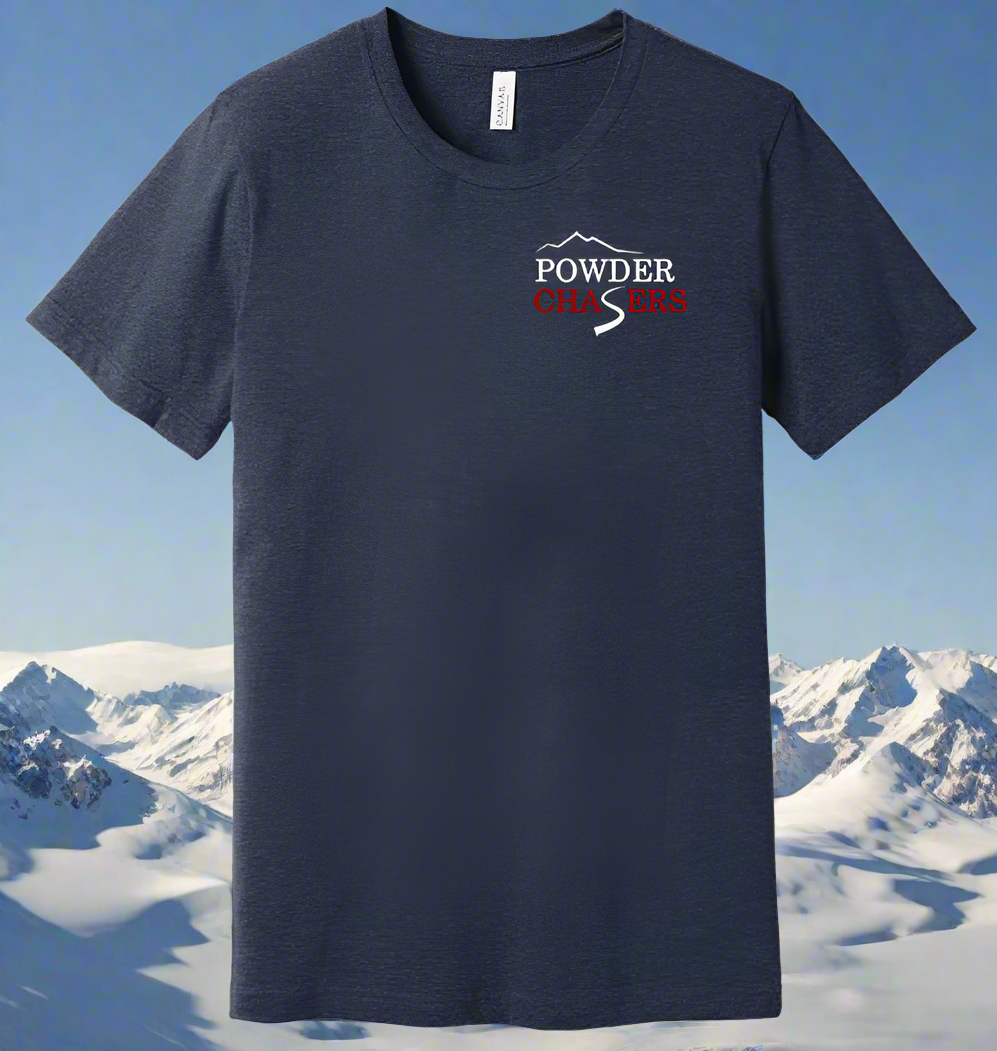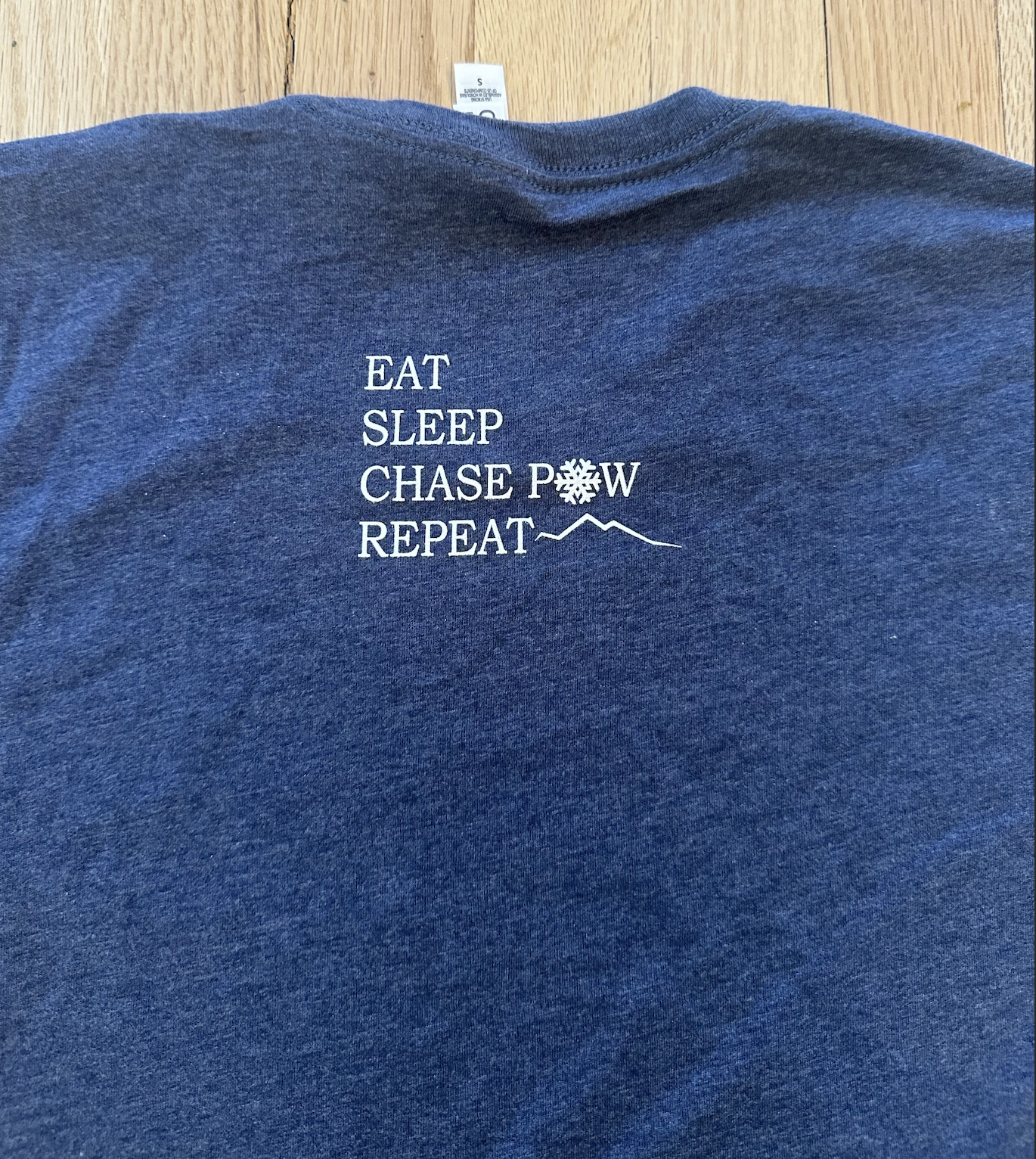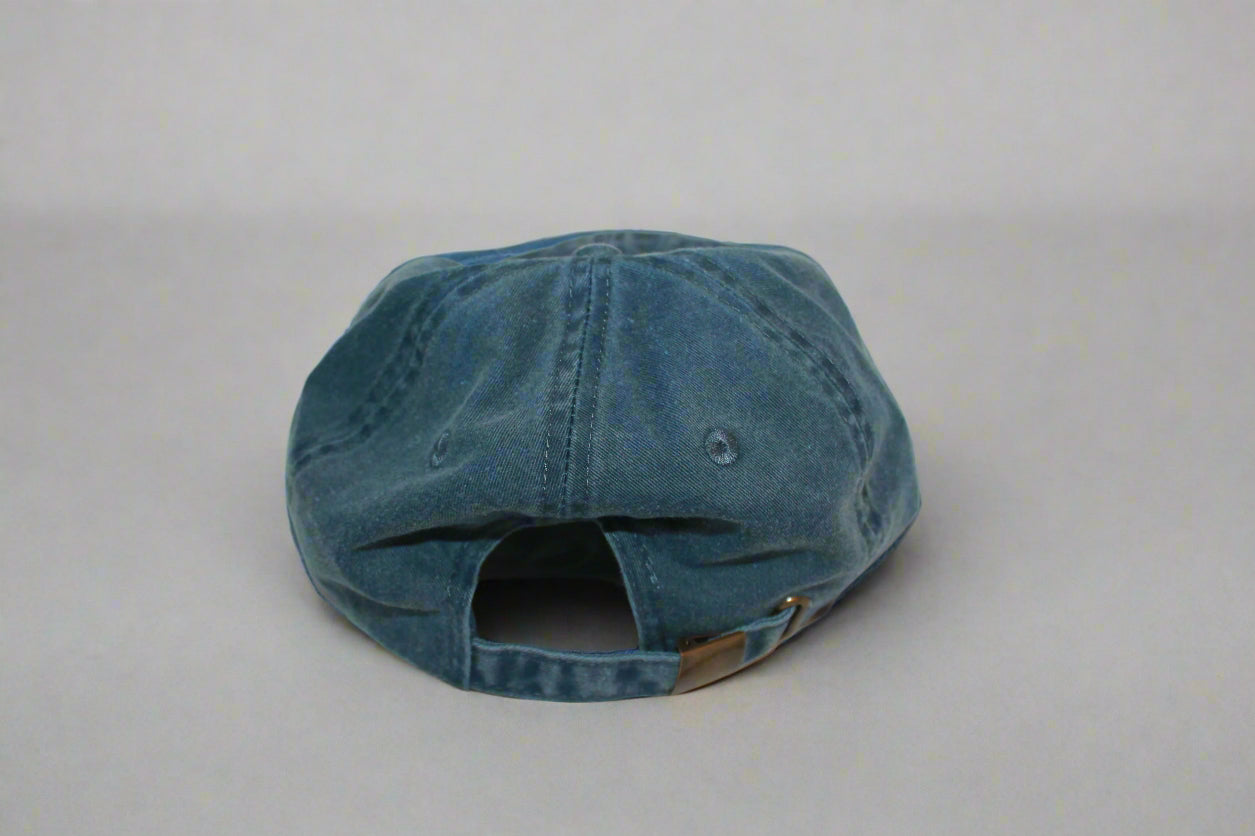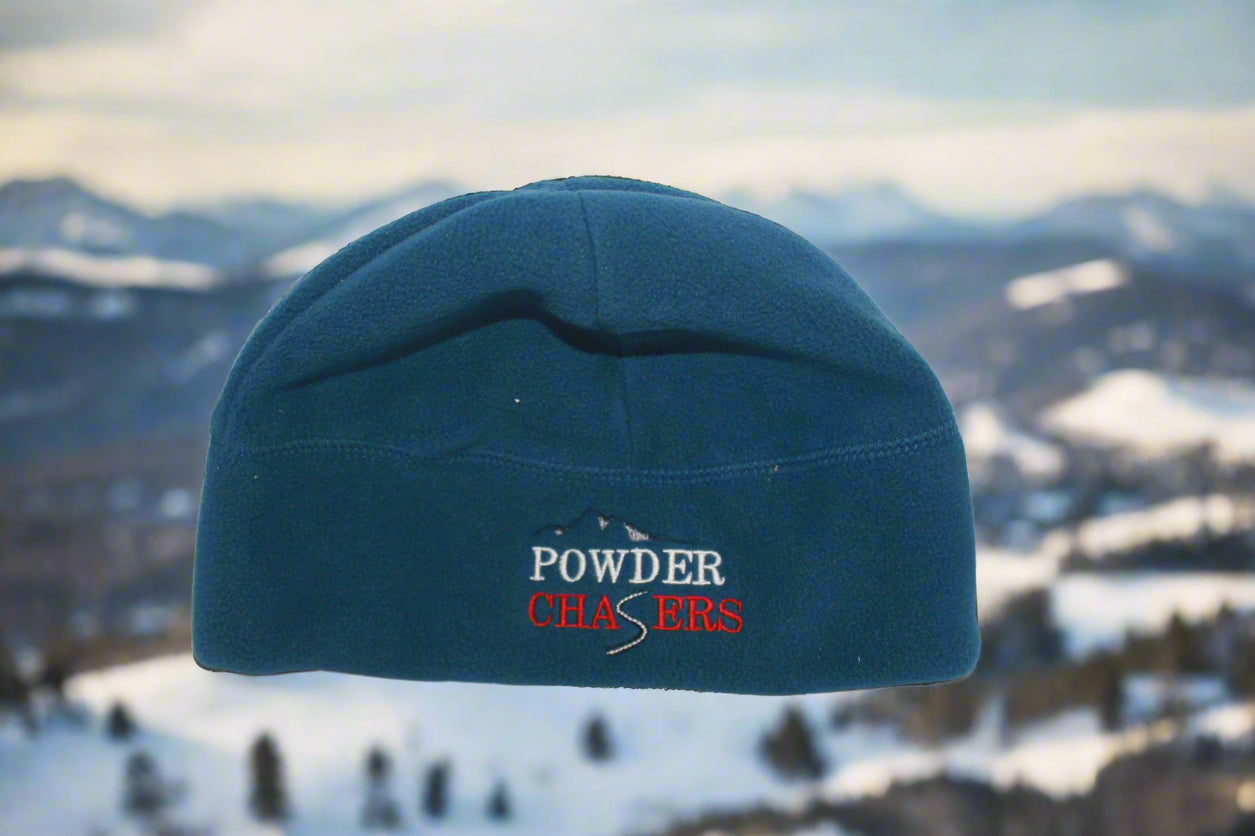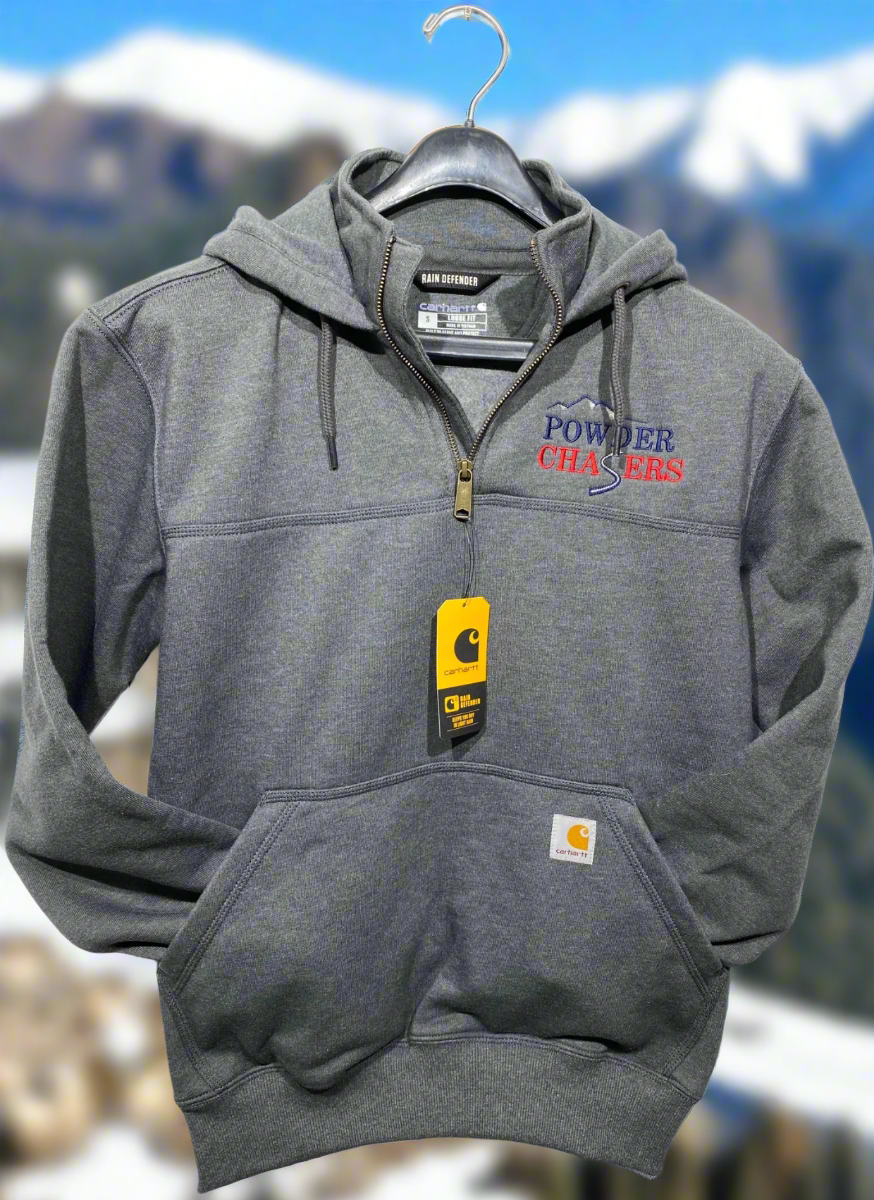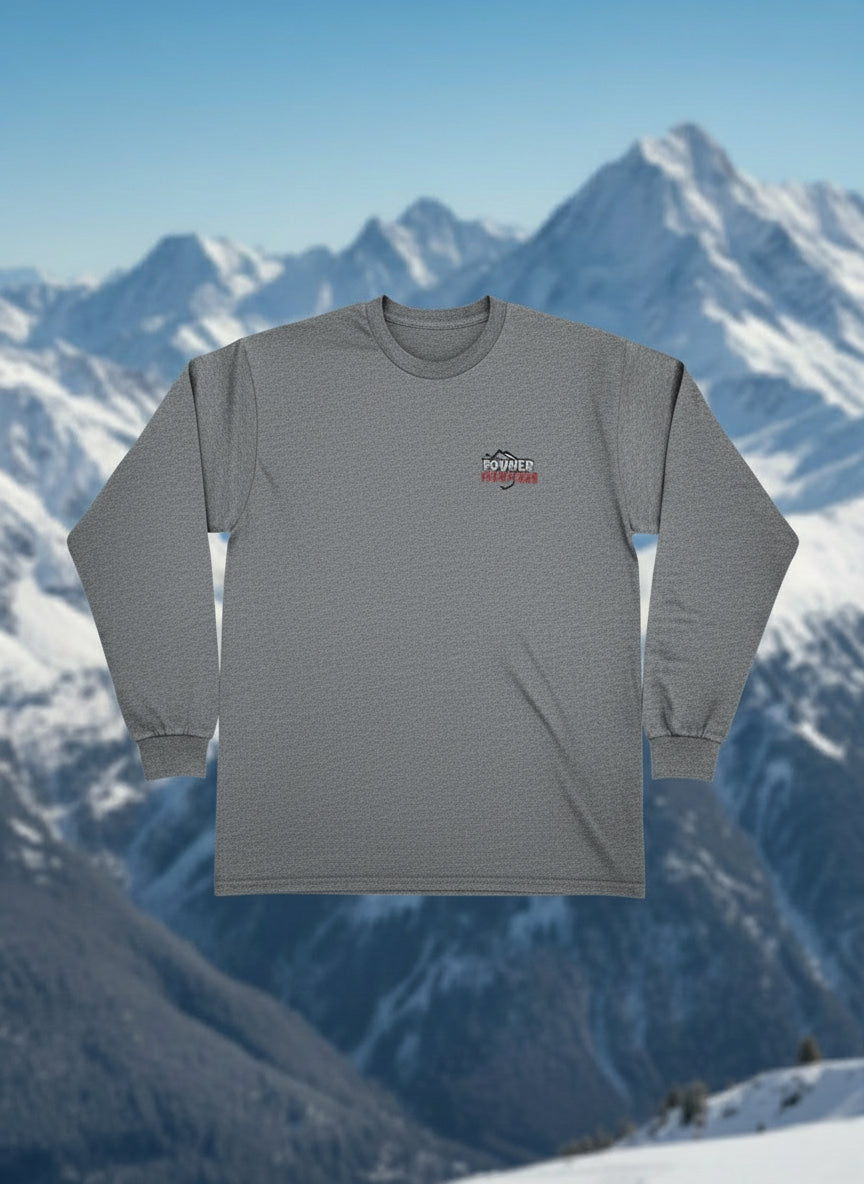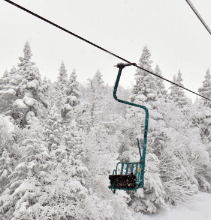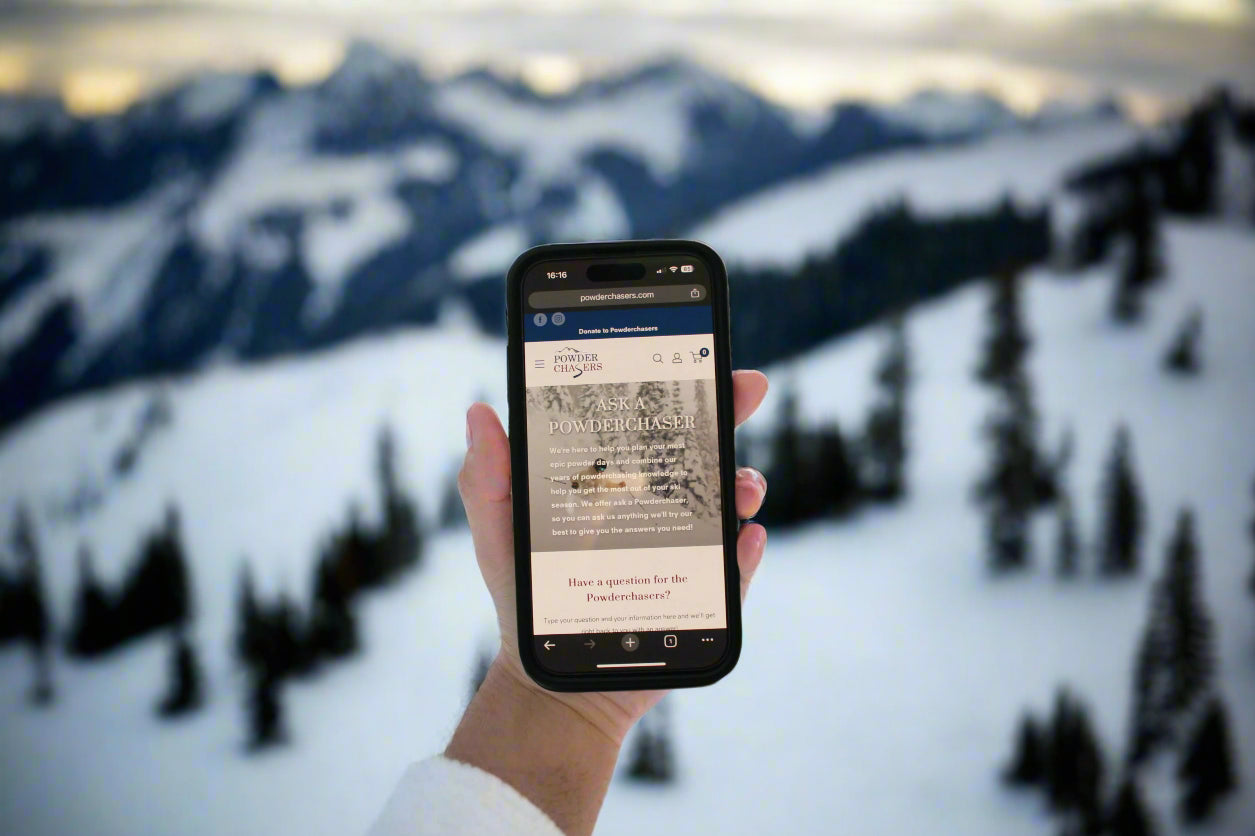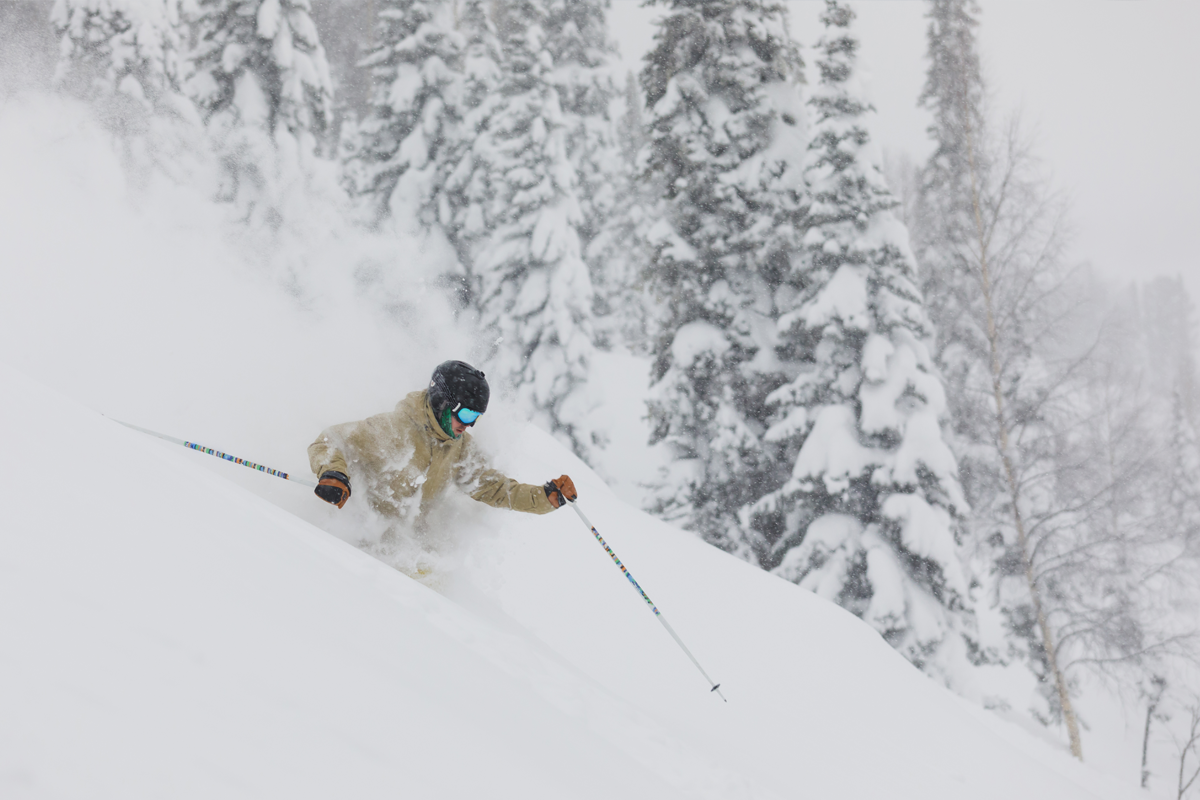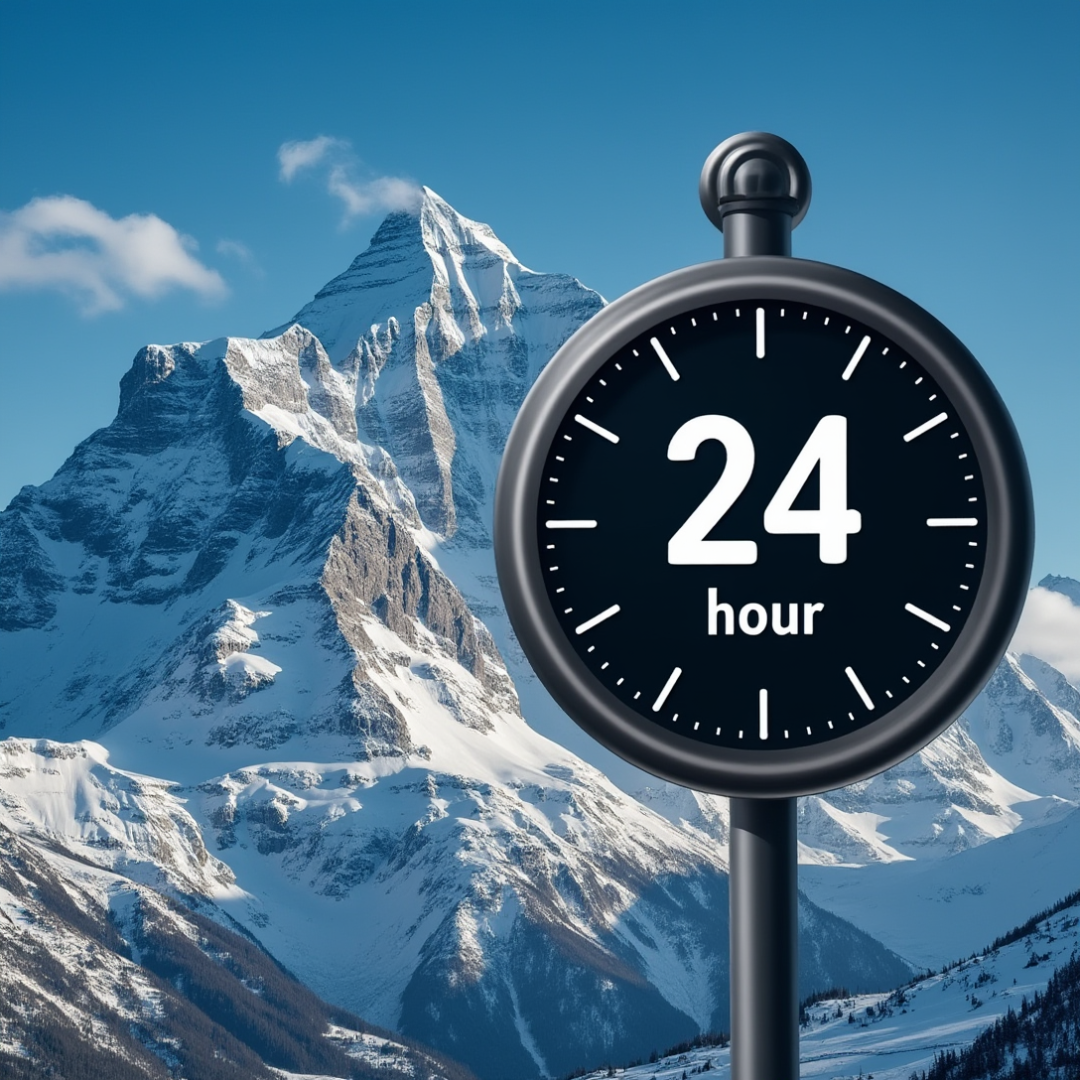The active pattern we have been seeing over the Western US will continue through the end of the month. We'd love to see this setup in January. The jet stream will fluctuate over the next few weeks, at times dipping far enough south to deliver much needed precipitation to California. The rest of the west will continue to see precipitation and snow as well, likely with significant accumulations during this time. This post will mainly focus on the first storm, with a brief look into the long range as well. Before we get to those details though, let's just talk quickly about how great the skiing and riding has been this past week. We've been out two days now, including a tour at Red Lodge in Montana, where 20-30\ fell, and at Alta, who received 10 inches of super low density snow on top of a nearly two foot base. Here is a shot from that day, courtesy of our forecaster Luke (@lstone84 on Instagram).

Follow the link to check out the short edit from that day as well. Deep October Day at Alta.
Storm #1
A moderate storm will impact a nearly horizontal swath of the Western US stretching from Oregon/California through Wyoming/Colorado from Sunday night through Wednesday. Snow totals form this storm won't be massive, with totals unlikely to exceed 12 inches in any location. The most important aspect of this storm, however, is the precipitation headed for California. In California and Oregon, snow totals will be in the 4-8\" range, except for Mt. Shasta where a foot or slightly more is possible. For precipitation in California, the highest totals will be in the Sierra and on Shasta, and focused primarily in the northern part of the state. A quarter to a half inch of rain will fall in the lowlands, with a half to one inch in the mountains. Similar totals will fall in Northern Nevada, Western Wyoming, and Utah, including the Cottonwoods where totals could be slightly higher if the moist northwest wind regime remains in place. The Cottonwoods are definitely a place to watch with this storm, as models have trended deeper over the last day or so. Finally, the system will continue to move east and drop several inches in Northern Colorado as well. As mentioned, the highlight with this event is rainfall for Northern California.
Long Range
After the moderate storm early next week, the models indicate this active pattern will remain in place. The blue colors indicate lower pressure, which indicate storminess, and you can see them barreling through or into the Western US for the next 10 days.

(Image courtesy of Tropical Tidbits)
The system around the 23rd/24th looks particularly exciting, once again for California. This storm has the potential to bring several inches of rain and several feet of snow to Northern California. This scenario, if it plays out, would bring heavy snow to Oregon, Utah, Idaho, Wyoming, and Colorado as well. This potential system is over a week away, but the ensembles are fairly consistent at this time. Below shows the strength and location of the possible storm, from each of the three major models.

(Images courtesy of Weatherbell)
The similarity in strength and location between models, for a system more than a week away, is promising. We will update this further as we get closer to the event. Before eventually moving farther south, this storm will remain fairly stationary and deliver loads of precipitation to coastal British Columbia and Alaska as well. As is typically the case with atmospheric rivers, it will be associated with some warm air, limiting the snow in the coastal mountains to the upper elevations. Still, several feet of snow are possible up high during this time. The main takeaway from this storm is that the models currently agree on a major atmospheric river firehose for coastal and interior California, with several feet of snow likely. Some models are showing up to 7 feet of snow over the course of several days. Looking even further out, beyond 10 days, models currently indicate the pattern will once again remain active. This type of pattern would enable a lot of resorts to open early, as models currently show widespread cold and snow. Let's hope the models are right.
Luke


